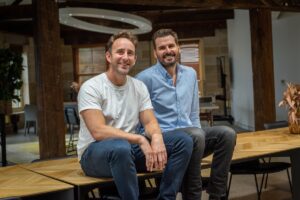
5 tips to run a financial education program in your workplace
Financial stress can contribute to burnout and carry over into the workplace, impacting performance and productivity.

Elevate your talent attraction and retention with free employee benefits. Uncover a platform that effortlessly entices, engages, and retains your valuable staff.
Get a free demoSee how leading healthcare organisation Healius turned turnover into triumph with Flare.
Read Healius’ storyDevelop your business skills and HR expertise with the Flare Benefits Resource Hub. Get access to helpful tools, articles, guides, webinars, and other on-demand resources that can help your business attract, hire, and retain top talent.
Explore insights from our comprehensive survey of 1500+ Australian workers across a variety of industries, revealing the benefits that genuinely make an impact.
Still haven't found what you're looking for? We're here to help.
Get in touch
Financial stress can contribute to burnout and carry over into the workplace, impacting performance and productivity.

Companies need wellbeing programs that address holistic health: physical, mental, financial, and social.

Flare to accelerate delivery of workplace financial services platform to help more SMEs reach their potential Business management platform MYOB

Australians are demanding more control over their pay and benefits amid mounting post-pandemic financial stress, with a new study confirming

This International Women’s Day is bringing awareness to bias (conscious and unconscious) in the workplace, and what holds women back